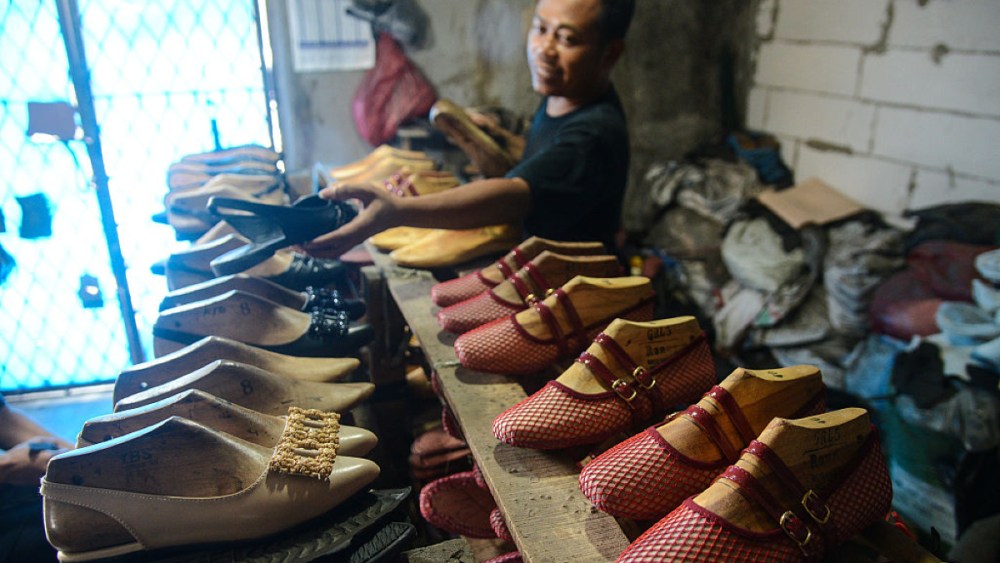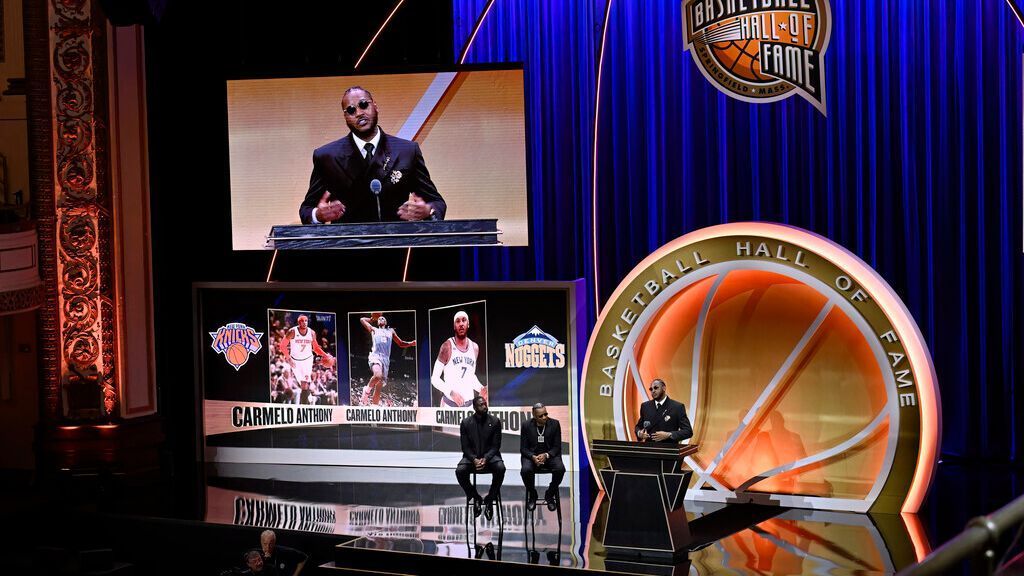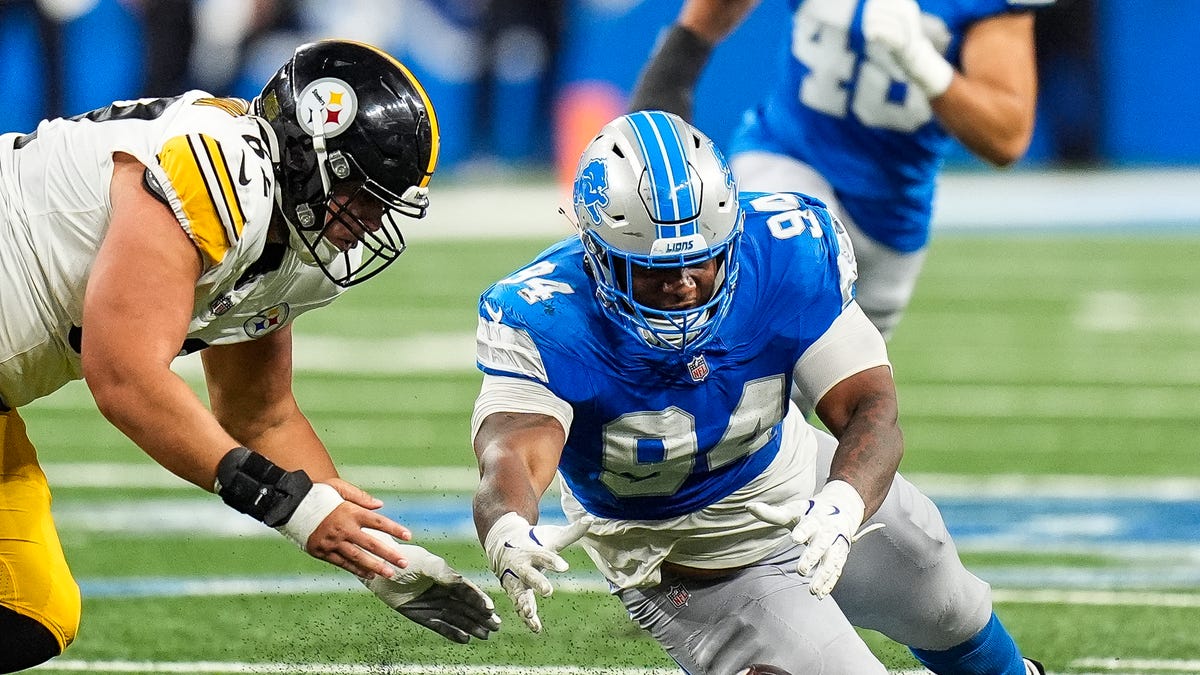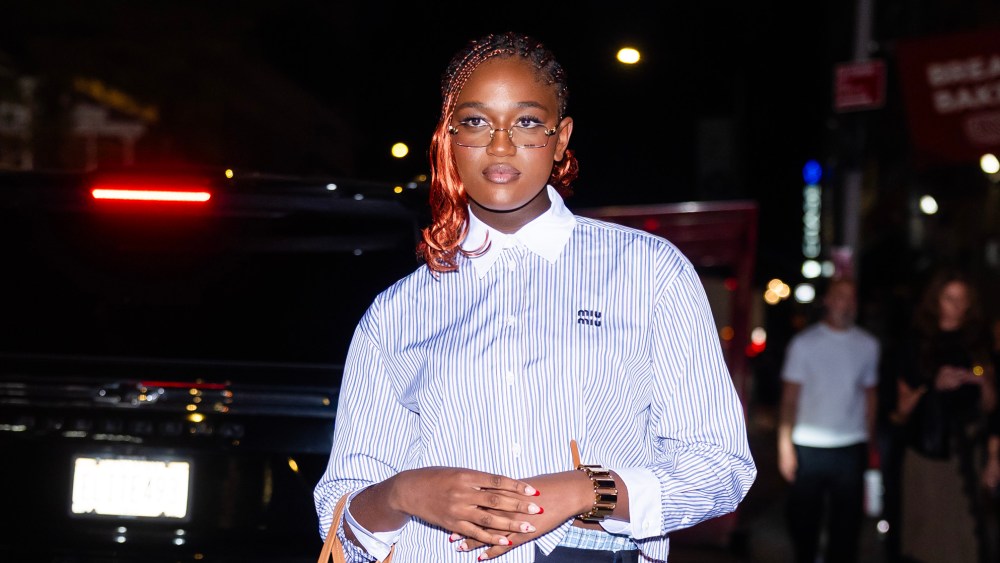
U.S. President Donald Trump‘s increase in trade pressures has resulted in a new deal with Indonesia, the first since he sent out the flurry of tariff letters last week.
Trump revealed the move Tuesday morning on his Truth Social platform. Details were not disclosed in the post. He said he dealt “directly” with Indonesia’s President Prabowo Subianto.
The tariff letter to Indonesia that was sent out a week ago Tuesday threatened a 32 percent levy if a deal could not be reached by Aug. 1. But Trump later told reporters at the White House that imports to the U.S. will have a 19 percent rate, and that “We are going to have full access to Indonesia,” and that U.S. exports will not be taxed, according to a story from Bloomberg.
Still on the horizon could be some parameter of a trade deal with India. Trump said on July 7 that the two were close to a trade deal. With negotiations ongoing, India has not received a tariff letter. If an “agreement” is forthcoming, it would likely be lower than the threatened 26 percent duty rate from April 2, when Trump’s reciprocal tariffs were first disclosed.
So far, the “trade deals” with Vietnam and the U.K. have been agreements in principle, with final terms still to be negotiated. In the case of Vietnam, disclosed on July 2, Distributors and Retailers of America president and CEO Matt Priest said the lack of specifics is a problem for the shoe industry when what it needs is certainty. “Will we get credit for what we already paid? We already paid 20 percent for sneakers out of Vietnam, so do we get credit for that or will this be on top of what we already pay? We’re still trying to figure all that out,” Priest said.
What also isn’t clear is whether there’s also a transshipping component. The parameters for a Vietnam trade deal includes a 40 percent tariff on transshipped goods. China suppliers are known to ship to nearby Southeast Asian nations, making it their first stop before heading to the final U.S. destination, where they can take advantage of lower tariff rates. The tariff letters Trump sent out to most countries included some mention of retaliatory transshipping rates.
The new tariff letters since Saturday were to the European Union and Mexico at a 30 percent rate. Last Thursday, he socked America’s northern neighbor Canada with a 35 percent tariff rate. The highest rate threatened thus far in his tariff letters was the 50 percent levy on Brazilian imports to the U.S. Brazil is the fifth largest producer of footwear in the world, and the largest in the West. The only certainty so far is that the rates seem to be at least in the double-digit percentages, although likely lower than initially threatened.
The National Retail Federation (NRF), a retail trade group, on Tuesday said 67 percent of back-to-school shoppers had already started buying items for the upcoming school year, earlier than in 2024, or up 55 percent. In NRF’s latest survey, over half of respondents at 51 percent cited concern that prices will rise due to tariffs as the reason for the early start. NRF’s survey was conducted July 1-7, in partnership with Prosper Insights & Analytics, and included 7,581 U.S. consumers.
In addition, data points from the Consumer Price Index (CPI) showed that U.S. inflation in June rose 2.7 percent from year-ago levels, according to the Bureau of Labor Statistics. The annual pace of inflation also ticked up slightly from 2.4 percent in May. The June data is seen as an indicator of the early impact from Trump’s global trade war. But some retailers also brought goods in early, and consumers also pulled their shopping forward, as both groups tried to get ahead of expected price increases.
In the shoe world, footwear brands said in their first quarter earnings reports that they were planning to raise prices due to the higher tariff costs, but that it would be “surgical” to select items and not across the board.
EY-Parthenon chief economist Gregory Daco estimates that “roughly one-third of the monthly CPI advance in June can be attributed to a tariff-induced impulse.”
EY’s Rob Holston, global and Americas consumer products sector leader, expects consumers will become more selective in their purchases, prioritizing value and quality as daily life becomes more expensive. While the full impact of tariffs is still taking shape, he said early signs like rising prices suggest that tariffs are starting to influence the “broader cost landscape.”
#Indonesia #Shoe #Imports #Face #Percent #Tariff #Rate






